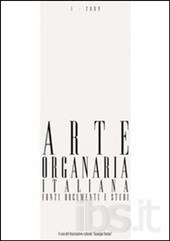In 1760 the Swedish diplomat Count Ulrich zu Lynar reported on an ingenious system for Tafelmusik at the court of Ludwig VIII, Landgrave of Hesse-Darmstadt (above, 1691–1768):
“Next [to the palace] is a small garden and in it a Lusthaus where the Landgravial family dines during the summer, and in the middle of which, where the table is set up, there is a small round hole that leads to a basement, out of which music is meant to sound very beautifully. To that end, in each of the four corners there is also an opening from which the sound can come.”
This pavillion, built in the early eighteenth century and apparently used during Ludwig’s reign as a special entertainment for visitors, was demolished in the nineteenth century. A surviving architectural plan, however, indicates an underground passageway to it from the palace’s main building, presumably intended for the serenading musicians.
This according to “The court of Hesse-Darmstadt” by Ursula Kramer, an essay included in Music at German courts, 1715–1760: Changing artistic priorities (Woodbridge: Boydell, 2001, pp. 333–363).









